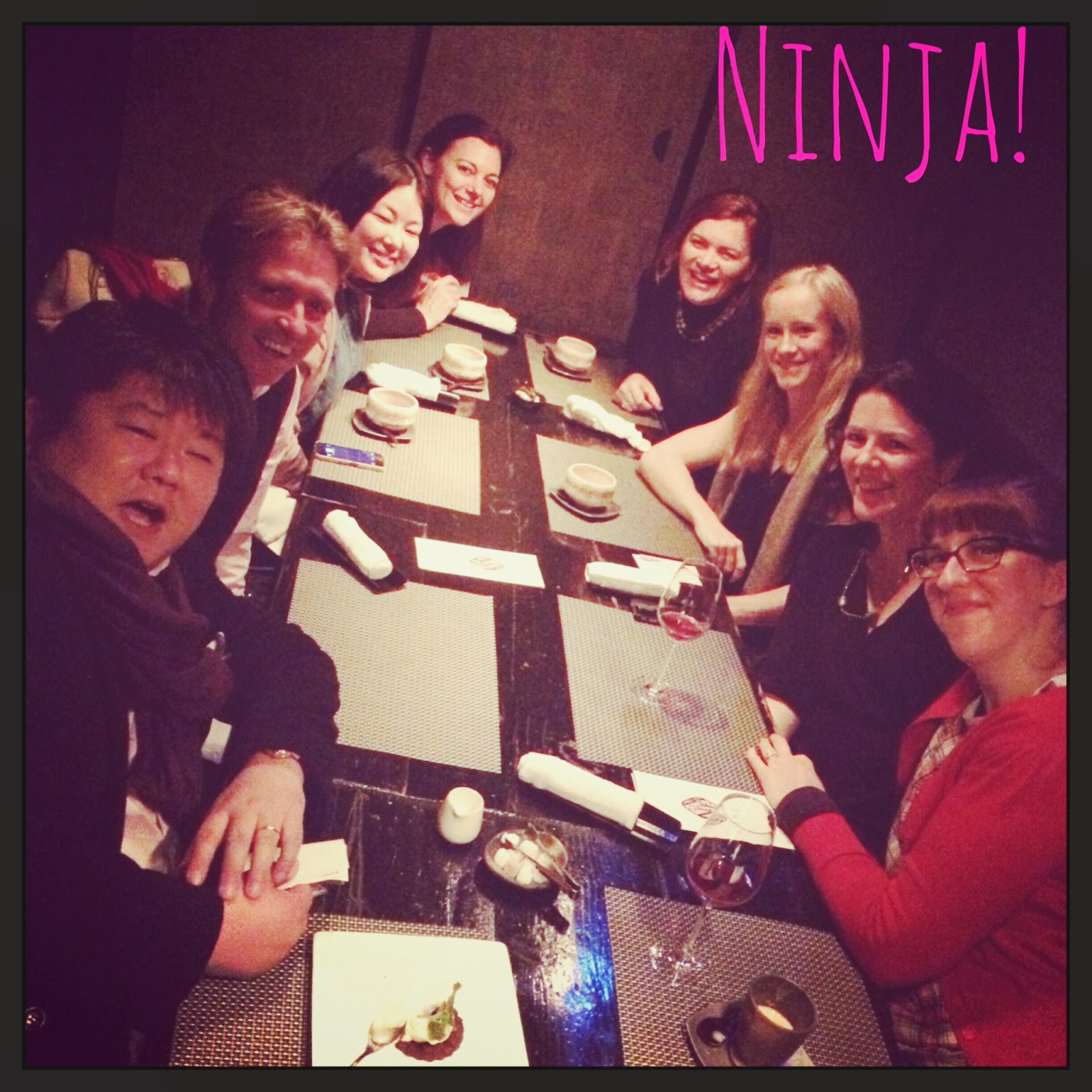My friend, Kay has the cutest little sausage, so here's what I came up with...
 |
| The inspiration |
 |
| Denim and leather effect tote with removable doggie brooch |
 |
| Linen purse with applique 'sausage' |
 |
| The inspiration |
 |
| Denim and leather effect tote with removable doggie brooch |
 |
| Linen purse with applique 'sausage' |
 |
| Raw chicken!!! |
 |
| Bento box! |
 |
| Every town should have a ninja restaurant! |
 |
| I need this! |
 |
| The Tokyo quilt show 2014 |
 |
| Wow! |
 |
| My kind of town! |
 |
| Leather heaven |
 |
| Nackered after a hard day of shopping! |
 |
| Our spoils |